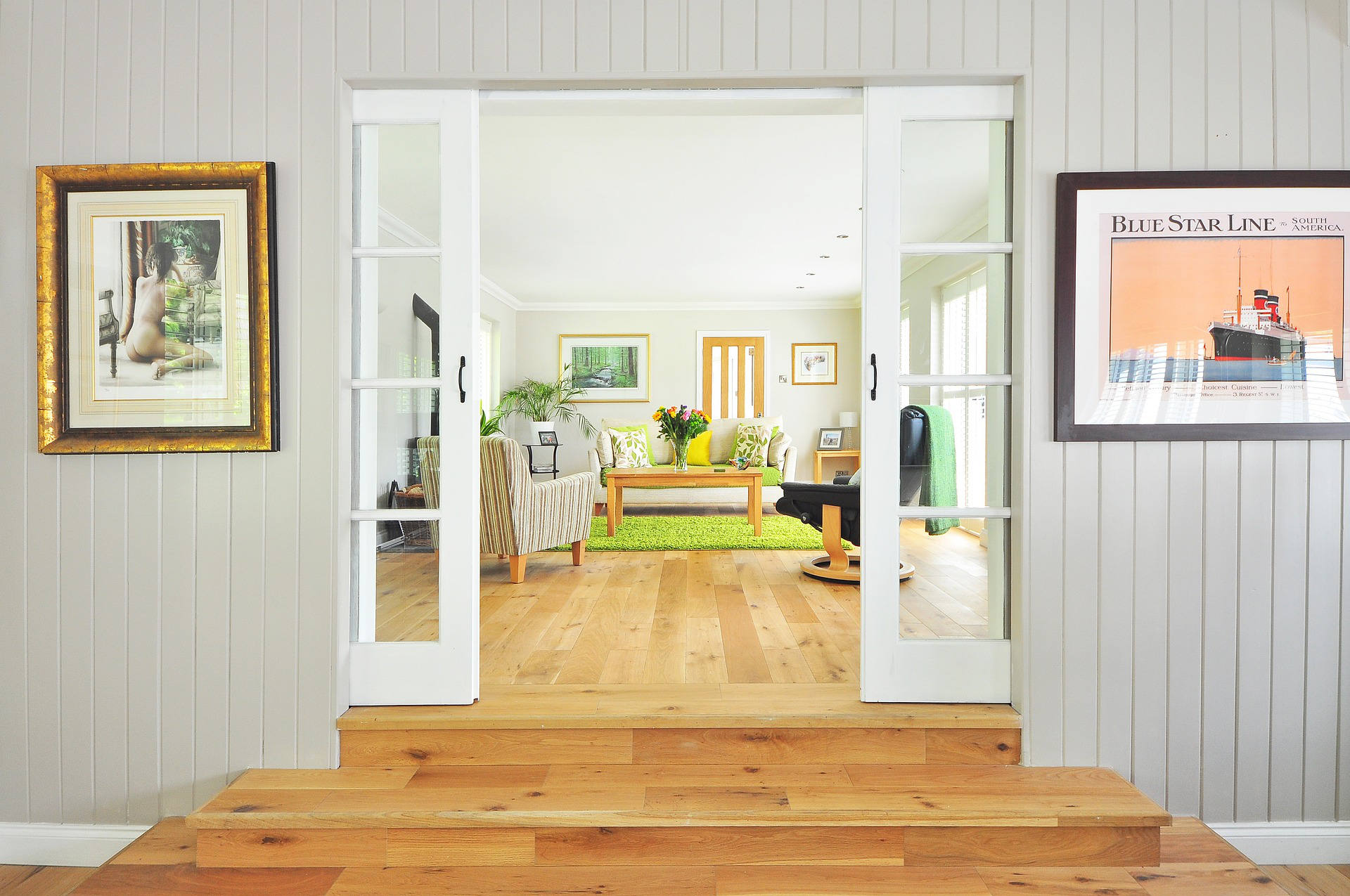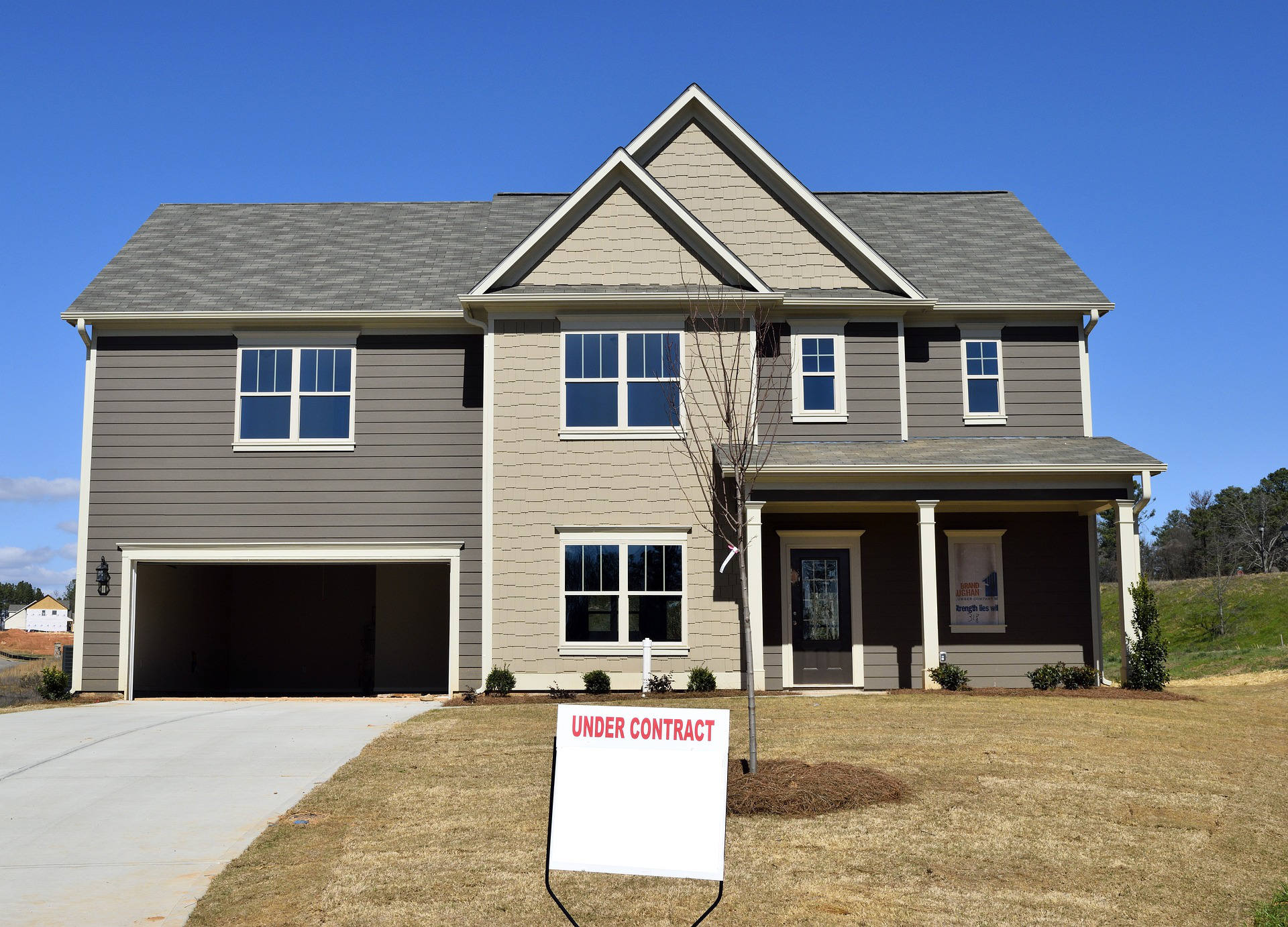Indoor radon, a radioactive gas, poses a pervasive threat. As per EPA standards, approximately one in every 15 homes exhibits elevated levels exceeding four pCi/L. Given that individuals spend most of their time indoors, the significance of indoor radon exposure cannot be overstated.
How does radon get into homes?
But how does radon infiltrate buildings? Primarily, it seeps into structures from the underlying soil or rock. Radon and other gases ascend from the ground and accumulate beneath buildings, exerting pressure. This pressure differential, coupled with lower air pressure indoors, propels gases through floor and wall crevices, infiltrating the interior. Common entry points include cracks in floors and walls, gaps in suspended floors, and openings around sump pumps and utility penetrations.
Additionally, radon can permeate water sources, particularly well water, though its contribution to indoor levels is minimal. Materials like concrete, brick, and granite, which may contain trace amounts of uranium, rarely serve as primary sources of elevated radon levels. Even outdoor air drawn indoors can augment indoor radon levels, albeit somewhat.
Does your geographic location determine if you will have radon in your home?
Geographic location doesn’t necessarily dictate radon prevalence; homes across various regions, regardless of age, construction, or sealing, are susceptible. Even multi-story buildings aren’t immune, with properties below the third floor posing a heightened risk.
Can you predict how much radon is in a home?
Predicting indoor radon levels isn’t feasible; testing remains the sole reliable method. The EPA and Surgeon General advocate testing all homes below the third floor, irrespective of location or construction. While a radon zone map aids resource allocation and informs building codes, it’s not indicative of individual home risk. Each property’s radon levels are unique, necessitating independent testing for accurate assessment.
Contrary to common belief, radon levels aren’t inherently linked to a home’s age or construction. Elevated radon has been detected in both new and century-old homes, dispelling the notion of age-based correlations.
Can you do something about the radon levels in your home?
Mitigating radon risk involves proactive measures, such as sealing cracks, installing radon mitigation systems, and conducting regular testing. By prioritizing radon awareness and adopting preventive measures, homeowners can safeguard their indoor environments from this silent yet insidious threat.





